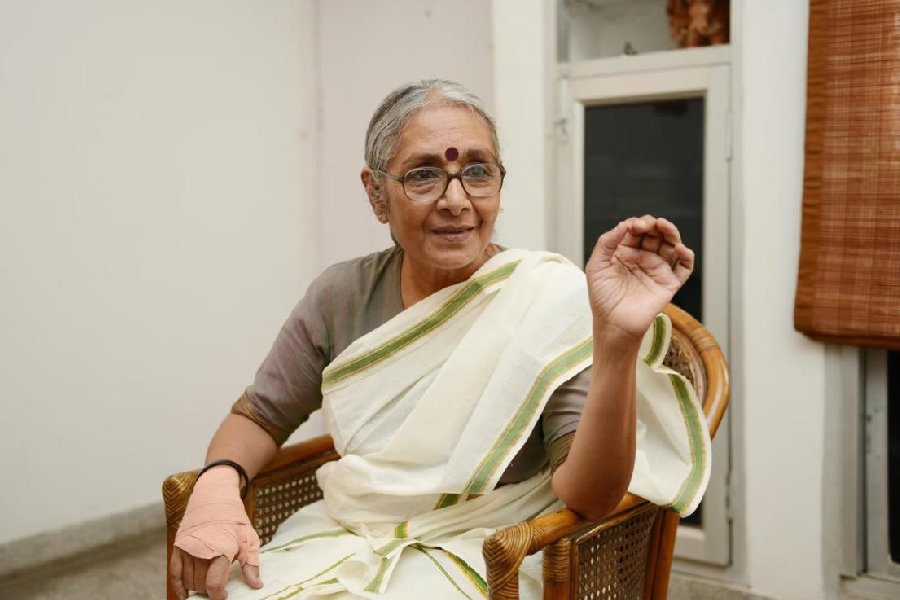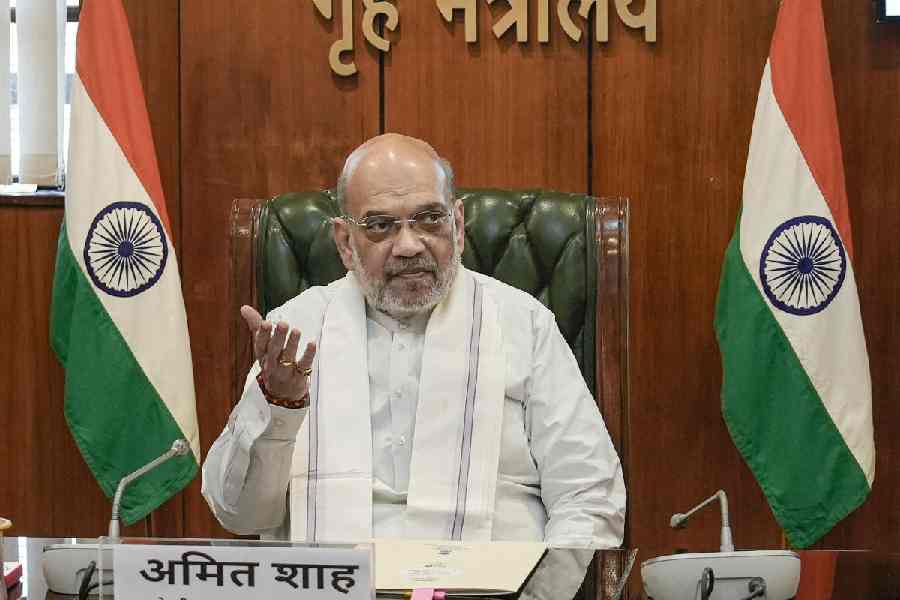Book: THE PERSONAL IS POLITICAL: AN ACTIVIST'S MEMOIR
Author: Aruna Roy
Published by: HarperCollins
Price: Rs 599
In this book, readers get an insight into the complex range of circumstances that eventually led to the Right to Information Act being passed in 2005. Aruna Roy affirms that “The Right to Information Act did not come out of an abstract discussion on information.” She further explores the various challenges in the chapter, “Work as Politics of Inequality and Justice in Practice”, in which she observes: “The demand for transparency and a law for the people’s right to see government records was shaped by simple incidents — wage workers cheated of their wage and unable to see muster rolls, villagers facing dysfunctional development projects, corruption, graft and misuse of power.” In 1994, a decision to examine the records of all public works led to shock waves within the community: “The Jansunwai duly took place and those present demanded transparency of all records, accountability of the corrupt, repayment of development funds siphoned off and a social (public) audit. The hearing established that transparency was vital for probity in public life and for development.”
The book chronicles the struggles undertaken by Roy as a social activist. The list of her engagements in social activism is indeed awe-inspiring and includes the establishment of the Mazdoor Kisan Shakti Sangathan (1990); mobilisation at the grassroot level in Tilonia, a village in Rajasthan, through the Barefoot College (Social Work Research Centre); her spirited struggle for the implementation of the Mahatma Gandhi National Rural Employment Guarantee Act; the Right to Food and the indefatigable fight for the implementation of non-contributory pension for unorganised sector employees and so on.
Readers also get a glimpse of her disenchantment with her brief stint with the Indian Administrative Service: “My years in the system (1968-75) taught me to face a hitherto unknown reality behind the glamour of ‘power’ and the mechanisms, such as the interface with corruption and its insidious ways...” Roy derides the then accepted norm of earning “two incomes” for most bureaucrats — “one legitimate and the other illegitimate”. In the fourth chapter, she is even more scathing in her attack against the thriving corrupt system: “Questions were asked: ‘Upar ka kitna, niche se kitna hai?” (What is your salary and how much do you earn under the table?)
Roy’s memoir is a recipe for inspiration for budding activists. Through her own life story, she meticulously charts the various challenges that activists have to endure over a prolonged period of time while ensuring justice for the downtrodden, marginalised and deprived.











